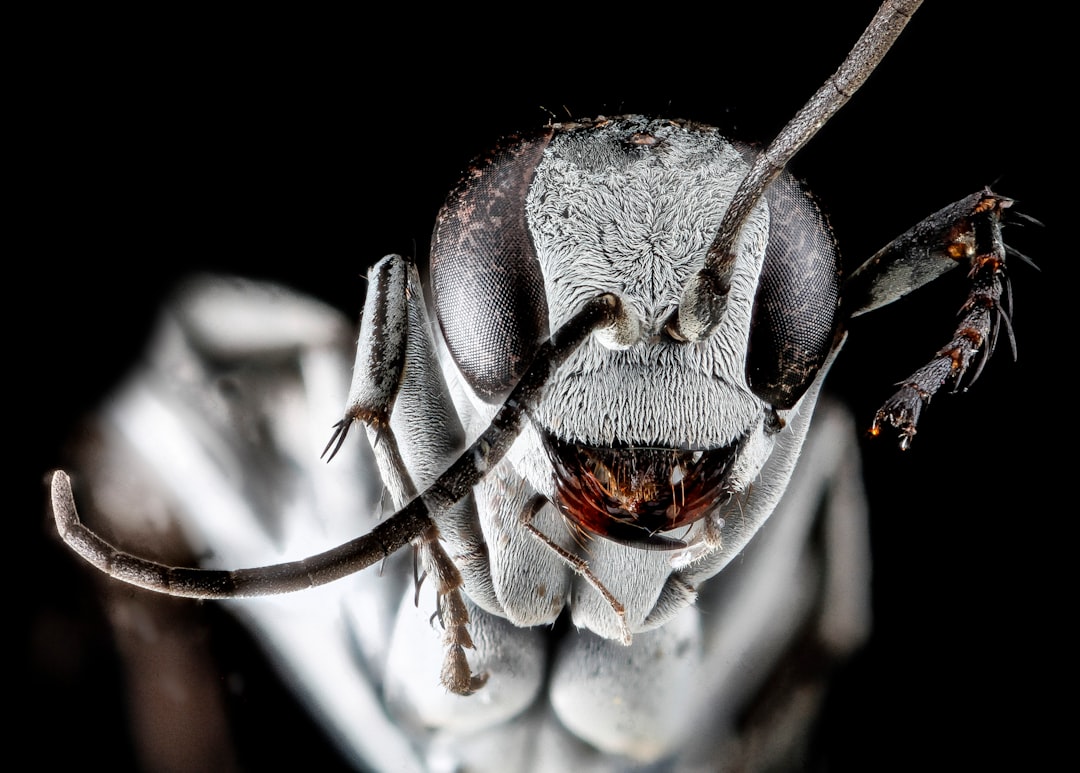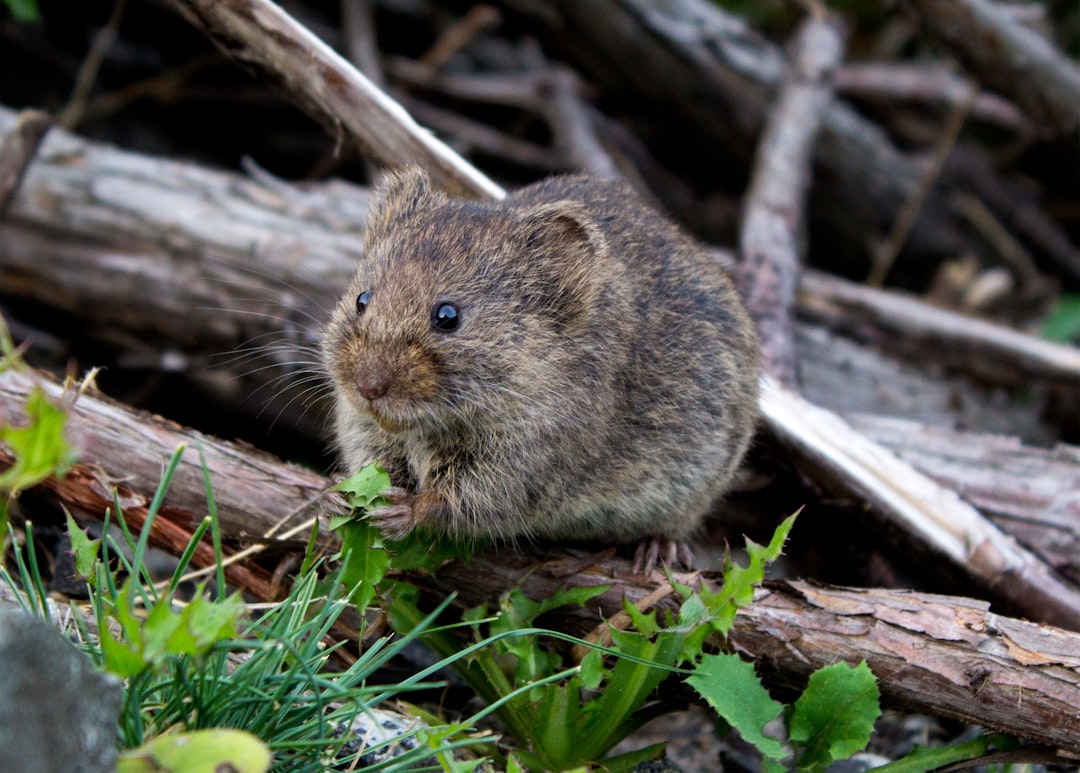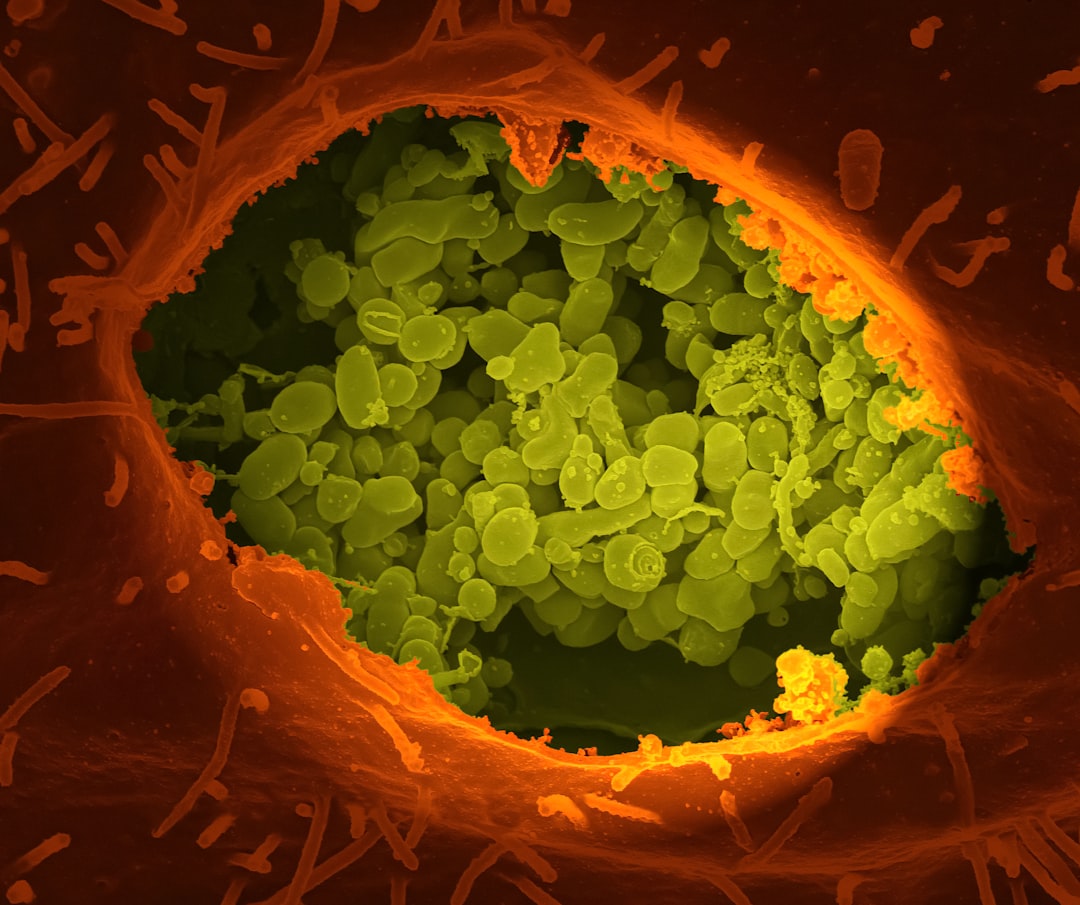What is it about?
Recently, much attention has been focused on microplastics as emerging environmental contaminants. Most of bioassays testing the effects of microplastics involved experiments with animals, whereas we asked a simple question whether bacterial communities colonizing microplastic surfaces differ from those on natural substrates.
Featured Image

Photo by camilo jimenez on Unsplash
Why is it important?
Biofilms are important in aquatic life, mediating interactions between consumers and their food, breakdown of organic material, and biogeochemical cycles. Therefore, fate of microplastics in the food webs and in the environment depends on the microorganisms colonizing these particles. For example, some microorganisms can facilitate degradation of synthetic polymers, and it was expected that such organisms would preferentially colonize the plastic materials (polyethylene, polystyrene, and polypropylene) but not the natural substrates, such as cellulose or clay.
Perspectives
In a way, our findings were expected, but one of the most interesting outcomes is that across the substrates, both natural and man-made, bacterial diversity can be predicted by the substrate hydrophobicity alone. Our future research will focus more on the relationships between various physical properties of polymers and microbial community structure and functions in environmental settings.
Elena Gorokhova
Stockholm University
Read the Original
This page is a summary of: Evidence for selective bacterial community structuring on microplastics, Environmental Microbiology, April 2018, Wiley,
DOI: 10.1111/1462-2920.14120.
You can read the full text:
Contributors
The following have contributed to this page










